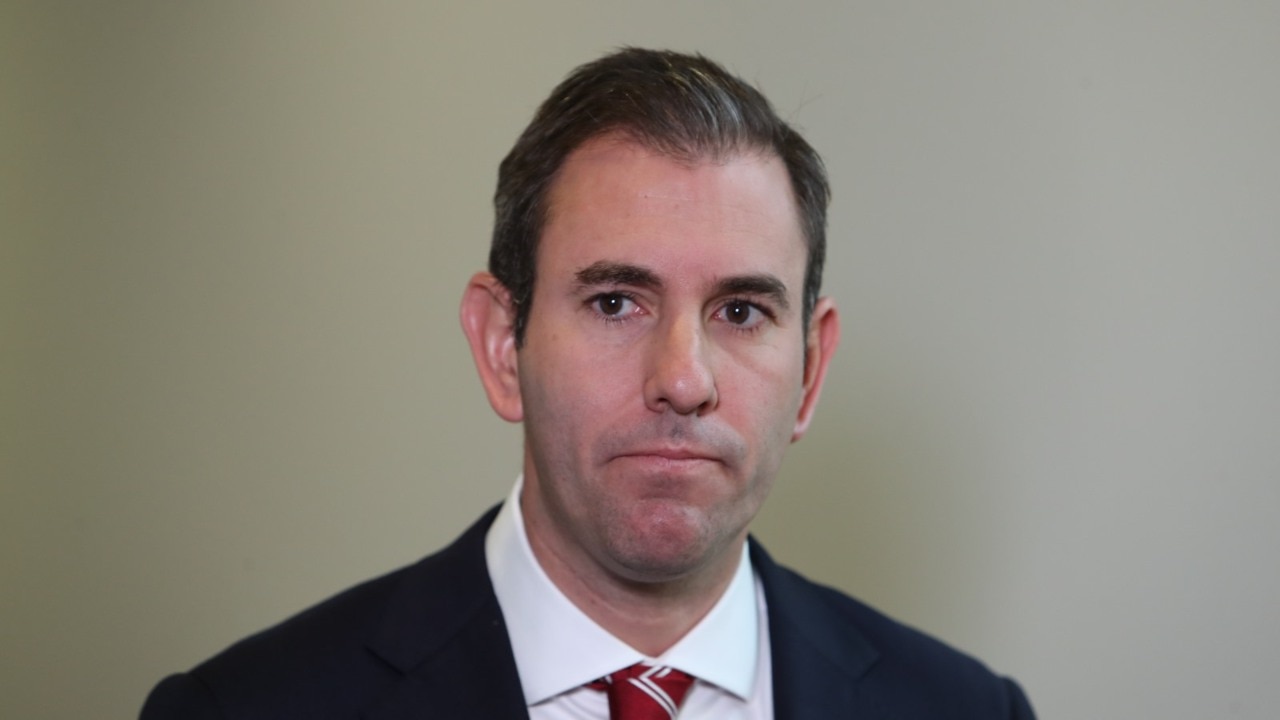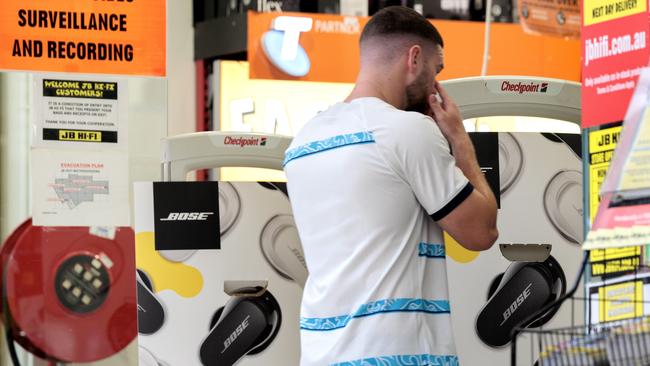Thousands face negative cash flow as interest rate rises bite
Australia’s economy is on a knife’s edge, with at least 300,000 households experiencing negative cash flow after paying their mortgage and living expenses, according to a Deloitte report.

At least 300,000 households may currently be experiencing negative cash flow due to unnecessary rate rises, according to a hard-hitting Deloitte Access Economics report.
In its latest Business Outlook report, the independent economics consultancy warned that the Reserve Bank had put Australia’s economy on a knife’s edge.
After 10 rate rises since last year, the RBA is tempting fate, and Australia is now facing the weakest rate of economic growth outside of the pandemic since the recession of the early 1990s.
“Our view remains unchanged – the additional 50 basis points of increases earlier this year were unnecessary, and have prompted a further downgrade in Australia’s growth outlook,” Deloitte Access Economics partner Stephen Smith said.
“That downgrade is centred on our households, and a ‘consumer recession’ is now forecast in 2023, with household spending expected to finish the year below where it started.”
With households hurting, dwelling construction in the doldrums and the global environment shaky, Deloitte Access Economics has revised down expectations for Australian economic growth this year and next to just 1.5 per cent and 1.2 or cent, respectively, from 1.7 per cent and 1.6 per cent previously.

Mr Smith said with the official cash rate sitting at 3.6 per cent, most people would be just fine, but many would not.
“In just 10 months, the cost of servicing an average $600,000 mortgage will have risen by more than $14,000 per year once those rate hikes are fully passed through,” he said.
“But that’s just the average, and there are plenty of mortgage holders on either side of those numbers.”
Deloitte noted that the latest Financial Stability Review from the RBA suggested that under fairly typical baseline assumptions for income growth, inflation and unemployment, 15 per cent of variable-rate, owner-occupier mortgage holders would be in negative cash flow by the end of the year, with many of these borrowers already projected to be in this position.
“On these numbers, at least 300,000 Australian households may currently be experiencing negative cash flow, with mortgage repayments and essential living expenses together exceeding household disposable income. That should shock all of us,” Mr Smith said.
Renters are also being increasingly squeezed by higher rents, with little respite in sight. “Private dwelling investment is forecast to fall rather than increase through 2023, before recovering only modestly in 2024,” Mr Smith said.
“Construction is expected to commence on significantly fewer houses and apartments compared to previous years – in fact, Deloitte Access Economics expects that 2023 will see construction commence on the fewest dwellings in more than a decade and almost 70,000 below the level commencements recorded in 2021.”
He said on these numbers, new housing supply would just barely keep pace with population growth, let alone ease what is a critical undersupply.
“In short, we are building far too few dwellings and, with a myriad of supply side challenges unresolved, that is unlikely to change in the near term,” he said.
Deloitte said the most recent data had shown a streak-breaking but modest rise in dwelling prices of 0.6 per cent nationally in March was positive for the sector.
“(But) it’s too early to call this a recovery in demand, as dwelling investment is expected to remain weak in the near term,” the consultancy firm said.
Mr Smith said Australian industry output would increasingly reflect slowing global and domestic economic conditions, including the effects of weaker household spending.
“Some sectors of the economy are better positioned to face the slowdown than others, with retail and construction forecast to feel the pinch, while agriculture may pull back after recent highs,” he said. “The (retail) industry shouldn’t expect consumer demand to rebound quickly, as the full impacts of interest rate rises are still yet to be felt across the economy.
“The savings rate has hit its lowest point since 2017, indicating that consumers have started to run down the excess savings accumulated during the pandemic. As a result, weaker levels of demand may persist while households continue to face cost-of-living headwinds.”
Mr Smith said the consumer-led slowdown would hit hardest in NSW and Victoria.
“Conditions are softening in most other jurisdictions as well,” Mr Smith said.
Deloitte is forecasting the unemployment rate to grow to 4.1 per cent next financial year and 4.6 per cent the year after.
Headline inflation is tipped to fall from 7.2 per cent this financial year to 4.2 per cent in 2023-24 and 2.6 per cent the year after.





To join the conversation, please log in. Don't have an account? Register
Join the conversation, you are commenting as Logout